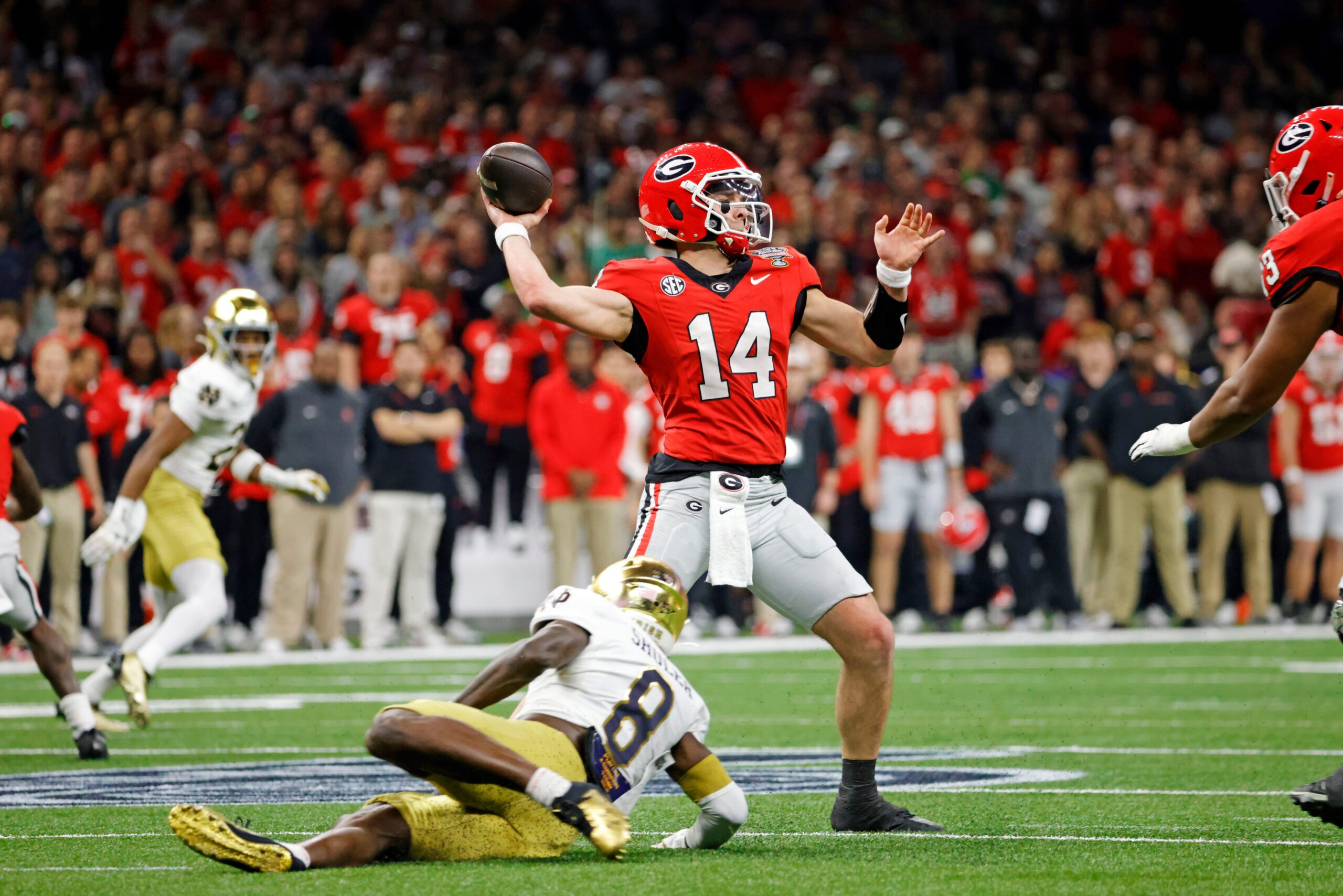
Artificial Intelligence vs. Humans: The Future of College Football Playoff Expansion
The College Football Playoff (CFP) is poised for expansion, and the proposed changes have sparked heated debates among conference commissioners. However, Greg Sankey (SEC) and Tony Petitti (Big Ten) may face a formidable opponent in the realm of artificial intelligence (AI) as they grapple with this complex issue.
The BCS Legacy and the Power of Technology
Prior to the CFP era, the Bowl Championship Series (BCS) utilized computers to determine team rankings. While those systems were imperfect, technological advancements have since enabled computers to delve deeper into complex data analysis. AI has the potential to surpass human judgment in terms of objectivity and fairness.
Grok 3: Elon Musk’s AI Bot
Enter Grok 3, Elon Musk’s latest AI creation. When prompted to suggest an optimal CFP format, Grok 3 swiftly generated several ideas, demonstrating its analytical prowess.
Grok 3’s Proposed Models
1. Status Quo (12-Team Playoff)
Grok 3 recognized the efficacy of the current 12-team playoff structure, with automatic bids for the top five conference champions and seven at-large selections. However, he emphasized the importance of accurate committee rankings to ensure fairness.
2. Eight-Team Playoff
Grok 3 proposed an eight-team bracket with automatic bids for the Power Five conferences (SEC, Big Ten, ACC, Big 12, Pac-12) and the Group of Five. Two additional at-large teams would complete the field. However, this format disregards the recent decline of the Pac-12 and may need further refinement.
3. 16-Team Playoff
Grok 3 suggested a 16-team bracket filled entirely by at-large selections. The first-round games would be played on campus sites, fostering a "free-for-all" atmosphere in the regular season as teams jockey for top rankings. This model promotes parity but may diminish the significance of conference championships.
4. 12-Team Playoff with Computer Seedings
Grok 3 endorsed the 12-team bracket model championed by Sankey and Petitti, but with one key difference: seedings would be determined solely by rankings. This approach eliminates the controversy surrounding human subjectivity and ensures the most deserving teams receive byes.
Grok 3 vs. Sankey and Petitti
Grok 3’s ideas challenge the Big Ten and SEC’s proposed 4+4+2+2+1+1 model, under which 13 of the 14 bids would be allocated to conferences. Grok 3 argues that this structure favors conference affiliations over team performance.
The Human Element
Despite the allure of AI, Grok 3 acknowledges the value of human intuition in the selection process. He suggests that a computer-generated ranking system could be combined with subjective evaluations to strike a balance between objectivity and nuance.
Conclusion
As the College Football Playoff embarks on its next chapter, the role of AI is likely to grow. While Grok 3 has provided thought-provoking alternatives to the proposed expansion models, the ultimate decision lies in the hands of human commissioners. Whether they embrace AI or maintain their traditional approach remains to be seen. However, one thing is certain: the future of the CFP will be shaped by the intersection of technology and the human desire for fairness and excitement.
